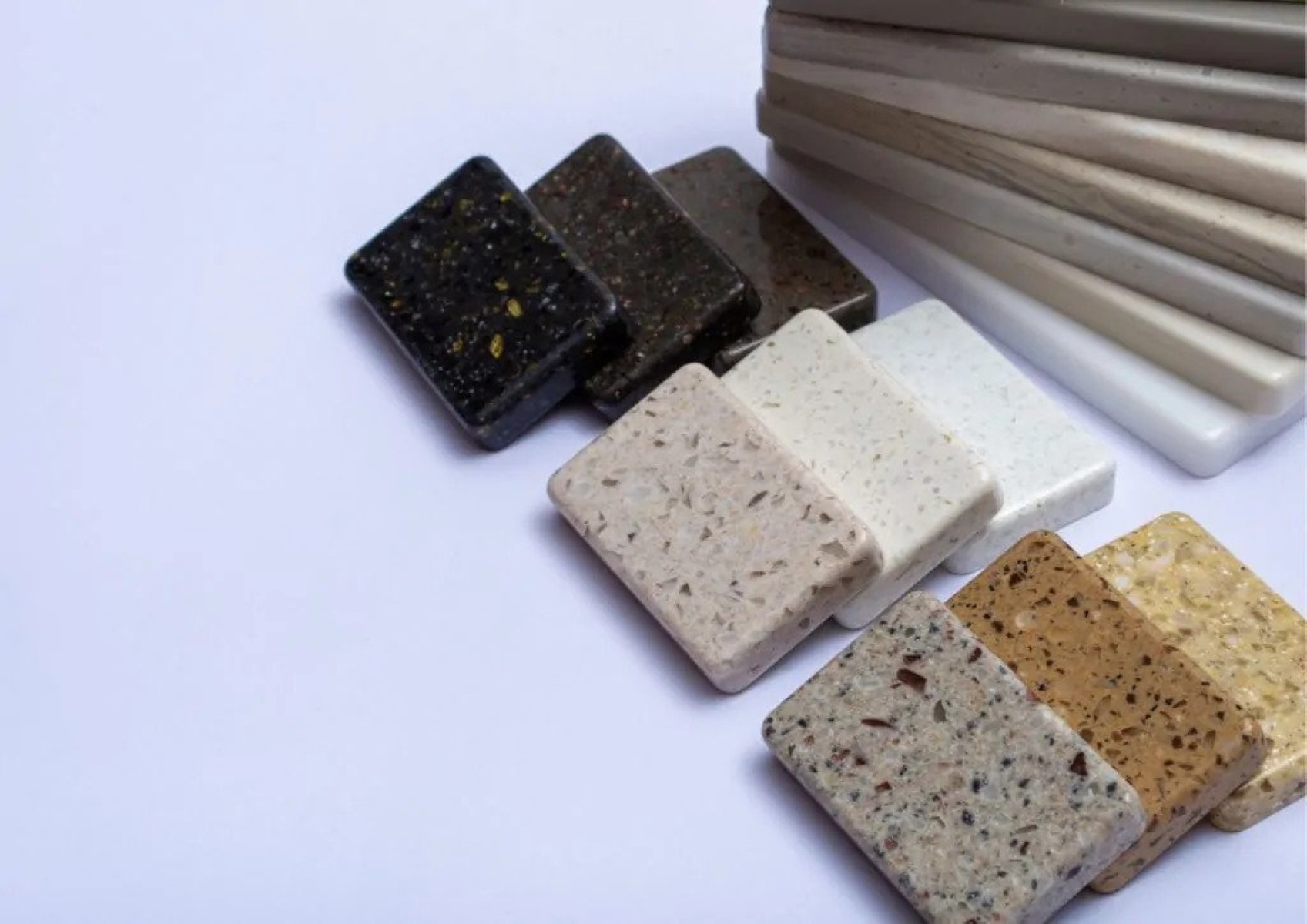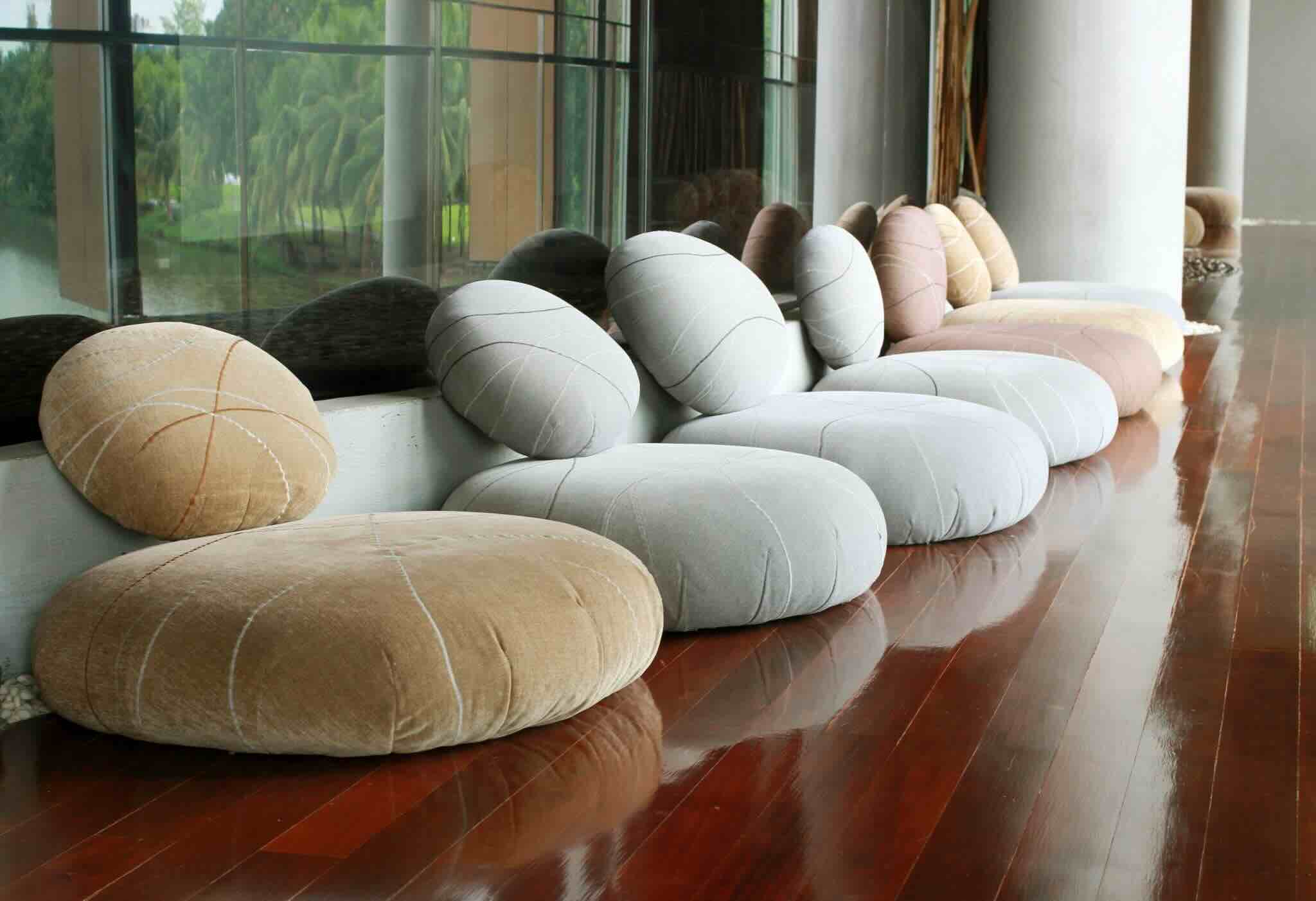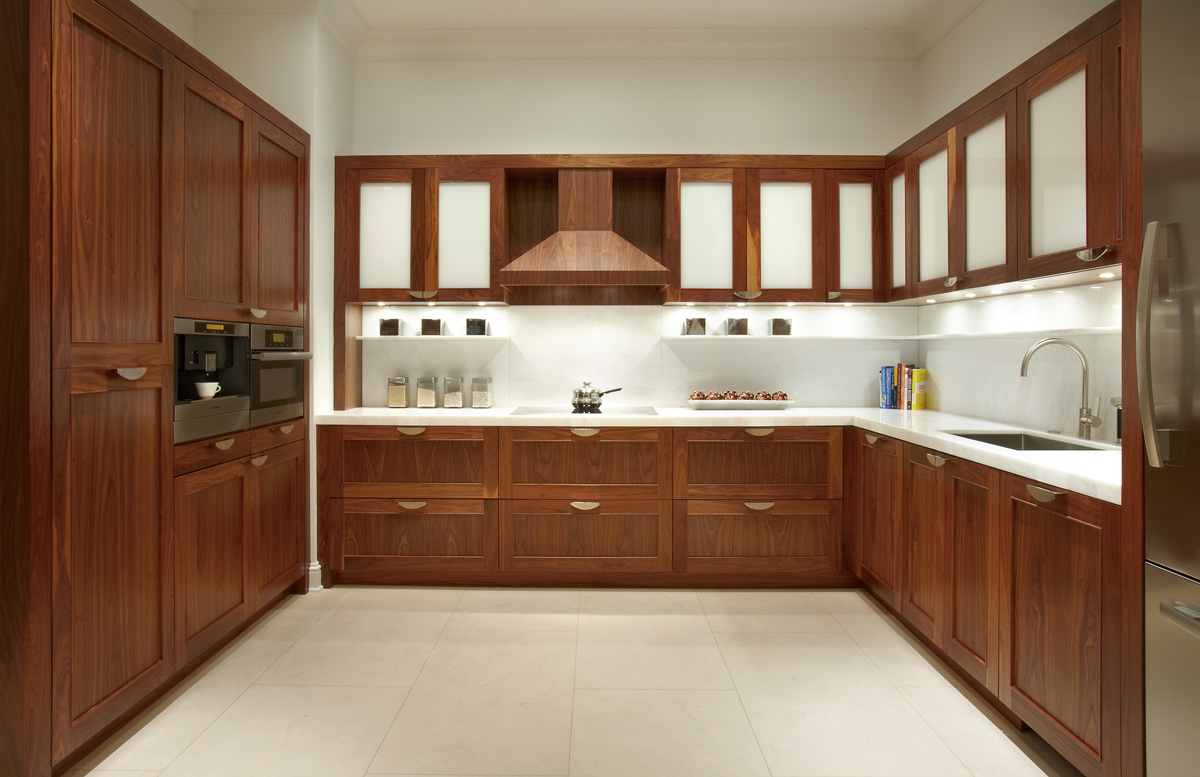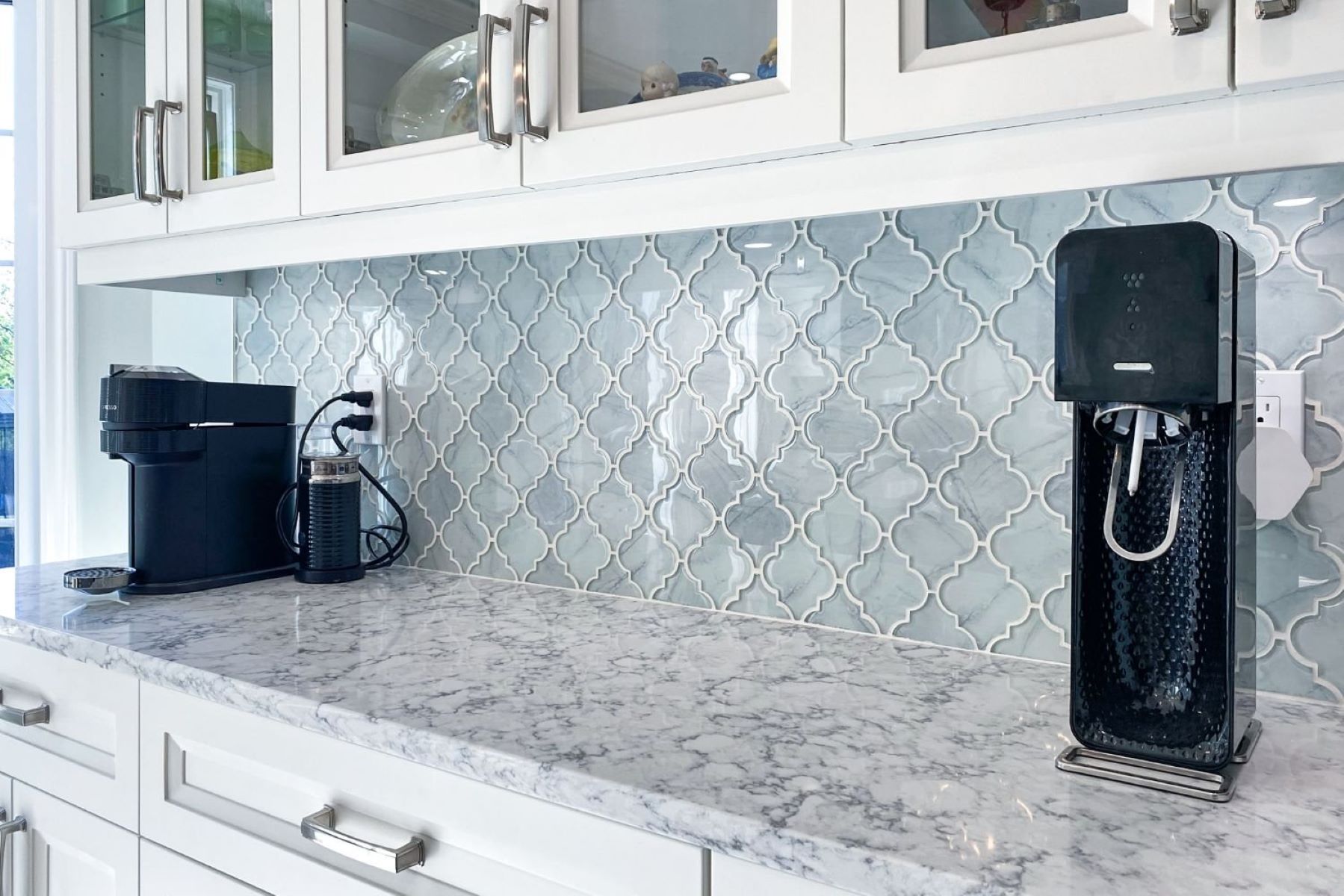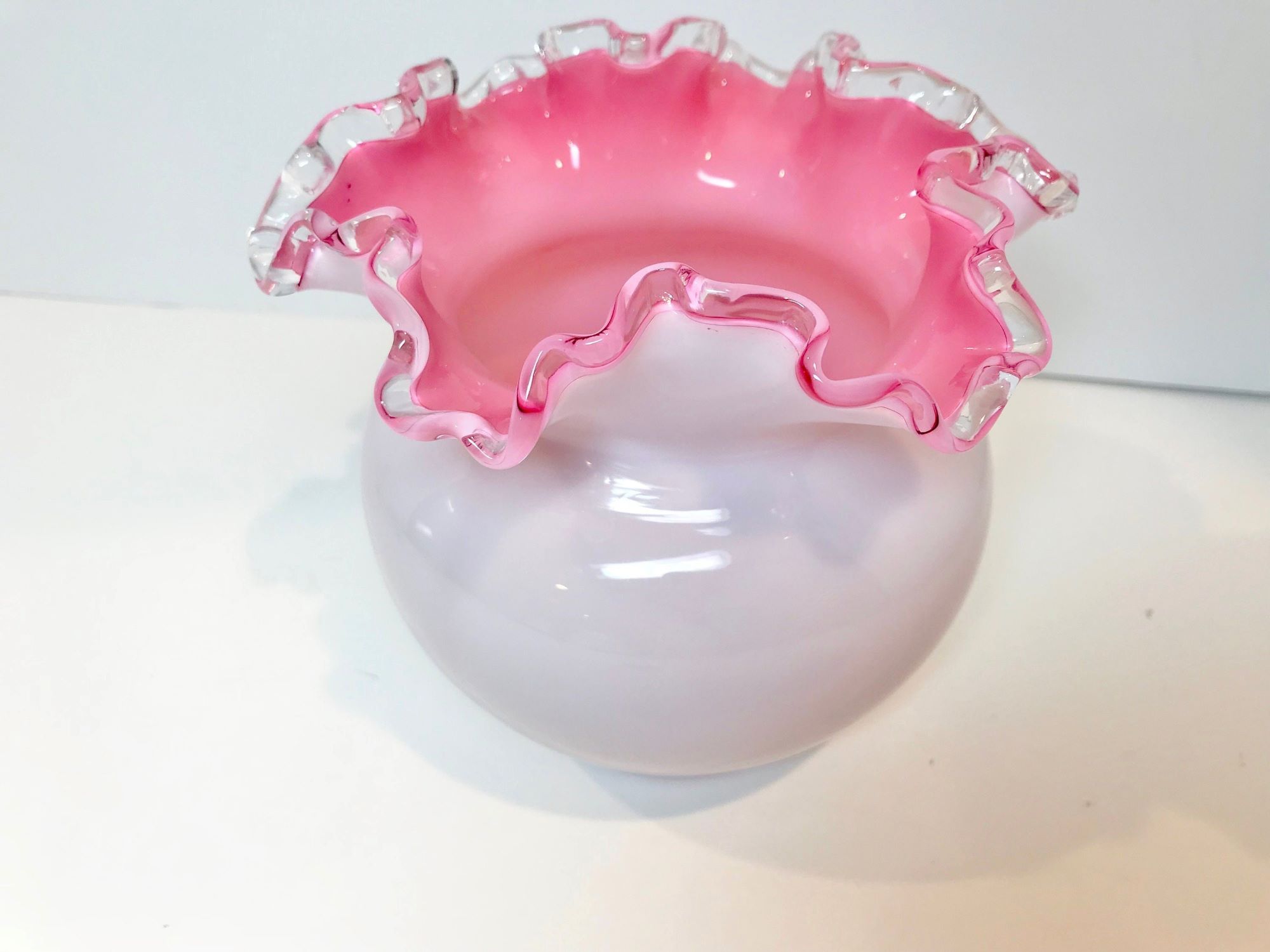Home>Furniture>Bedroom Furniture>What Is The Most Hypoallergenic Mattress?
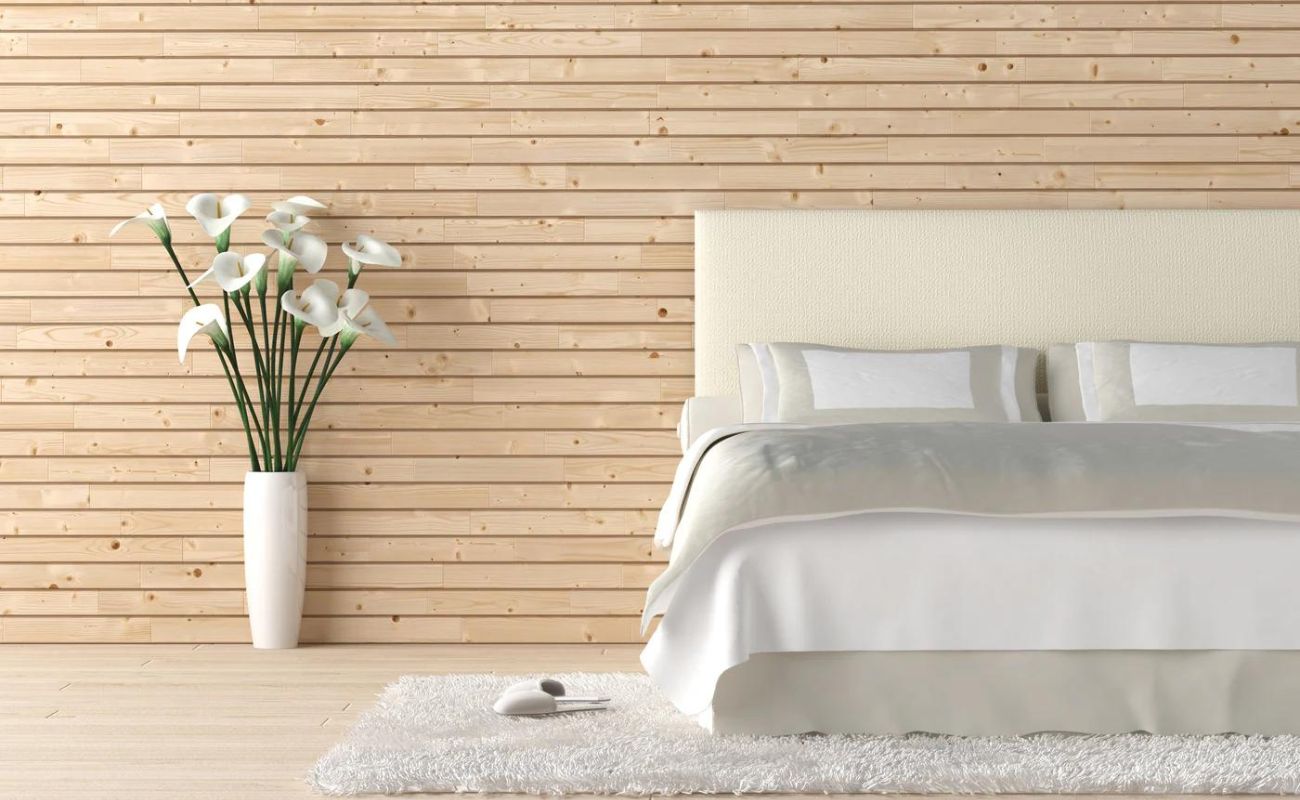

Bedroom Furniture
What Is The Most Hypoallergenic Mattress?
Modified: October 20, 2024
Looking for the most hypoallergenic mattress for your bedroom furniture? Discover top choices and enjoy a restful, allergy-free sleep.
(Many of the links in this article redirect to a specific reviewed product. Your purchase of these products through affiliate links helps to generate commission for Storables.com, at no extra cost. Learn more)
Introduction
Welcome to the world of bedroom furniture! Your bedroom should be a haven of relaxation and tranquility, and a crucial component of creating that serene atmosphere is choosing the right mattress. But what if you or your loved ones suffer from allergies? The last thing you want is to have your slumber interrupted by sneezing, itching, or other allergic reactions.
This is where hypoallergenic mattresses come into play. These specially designed mattresses are crafted with materials and features that reduce the risk of triggering allergies. If you’re seeking a restful night’s sleep without the annoyance of allergens, read on to discover more about hypoallergenic mattresses and how to choose the most suitable one for your needs.
Key Takeaways:
- Hypoallergenic mattresses are designed to minimize allergen exposure, but may not completely eliminate allergies. Consider materials, anti-allergen features, and certifications when choosing a mattress for a cleaner sleep environment.
- Latex, memory foam, and hybrid mattresses offer varying levels of allergen resistance. Research materials, read customer reviews, and consider firmness levels to select the most suitable hypoallergenic mattress for a restful and healthy sleep.
Read more: What Is The Most Comfortable Mattress
Understanding Hypoallergenic Mattresses
Before we delve into the details of hypoallergenic mattresses, it’s essential to understand what exactly “hypoallergenic” means. A hypoallergenic mattress is designed to minimize the risk of triggering allergy symptoms in susceptible individuals.
Allergies are a result of the immune system’s reaction to certain substances, called allergens, which can be found in various materials and environments. Common allergens include dust mites, pet dander, pollen, and mold. When exposed to these allergens, some individuals may experience symptoms such as sneezing, nasal congestion, itching, and respiratory issues.
Hypoallergenic mattresses are specifically engineered to reduce the presence of allergens and create a cleaner sleeping environment. They are made from materials that are resistant to dust mites and mold, and they are often constructed with features like tight-weave fabric covers or antimicrobial treatments to further minimize the risk of allergen accumulation.
It’s important to note that while hypoallergenic mattresses can significantly reduce the presence of allergens, they may not completely eliminate the risk of allergies. Every individual’s sensitivity and response to allergens can vary, so it’s crucial to consider other factors in conjunction with a hypoallergenic mattress, such as maintaining proper hygiene and regularly cleaning your bedroom.
Now that we have a basic understanding of hypoallergenic mattresses, let’s explore the key factors to consider when choosing the most suitable one for your needs.
Factors to Consider in a Hypoallergenic Mattress
When selecting a hypoallergenic mattress, there are several important factors to consider. These factors will help determine how effective the mattress will be in reducing allergens and providing a comfortable and restful sleep environment. Here are some key considerations:
- Materials: The materials used in the construction of the mattress play a significant role in its hypoallergenic properties. Look for mattresses made with hypoallergenic materials such as natural latex, organic cotton, bamboo, or hypoallergenic synthetic fibers. Avoid mattresses with materials known to harbor allergens, such as down feathers or wool.
- Anti-Allergen Features: Some mattresses come with additional features to combat allergens. These may include tight-weave fabric covers, antimicrobial treatments, or hypoallergenic mattress protectors. These features help prevent allergens like dust mites from accumulating and thriving within the mattress.
- Allergen Resistance: Consider the mattress’s ability to resist common allergens like dust mites, mold, and pet dander. Look for certifications or labels that indicate the mattress has undergone testing for allergen resistance.
- Firmness and Support: The level of firmness and support in a mattress is essential for individuals with allergies. A medium-firm to firm mattress can help prevent the accumulation of allergens by providing a less hospitable environment for dust mites and mold.
- Breathability: Good airflow within the mattress can help reduce moisture buildup and inhibit the growth of mold and mildew. Look for mattresses with breathable materials and good ventilation systems.
- Hypoallergenic Topper: If you already have a mattress that you love but want to make it hypoallergenic, consider investing in a hypoallergenic mattress topper. These can provide an additional layer of protection against allergens while maintaining the comfort of your existing mattress.
- Certifications and Testing: Look for certifications such as CertiPUR-US or OEKO-TEX Standard 100, which ensure that the mattress meets specific standards for low emissions and absence of harmful substances. Additionally, check for independent testing or customer reviews that confirm the mattress’s hypoallergenic claims.
By considering these factors, you can narrow down your options and choose a hypoallergenic mattress that suits your preferences and provides a safe and allergen-free sleep environment. In the next sections, we will explore the common materials used in hypoallergenic mattresses and their specific benefits.
Common Materials Used in Hypoallergenic Mattresses
When it comes to hypoallergenic mattresses, various materials are utilized to provide a clean and allergen-resistant sleep surface. These materials offer different benefits in terms of allergen resistance, breathability, and comfort. Here are some common materials used in hypoallergenic mattresses:
- Natural Latex: Natural latex mattresses are a popular choice for allergy sufferers. Latex is derived from the sap of rubber trees and is naturally resistant to dust mites and mold. It is also hypoallergenic and does not emit volatile organic compounds (VOCs) that may trigger allergies.
- Organic Cotton: Organic cotton is grown without the use of pesticides and synthetic fertilizers. It is a natural, breathable material that is gentle on the skin and hypoallergenic. Organic cotton mattresses provide a comfortable and chemical-free sleep surface.
- Bamboo: Bamboo mattresses are gaining popularity for their hypoallergenic properties and eco-friendly nature. Bamboo fibers are naturally antimicrobial, moisture-wicking, and breathable, making them inhospitable to allergens like dust mites.
- Hypoallergenic Synthetic Fibers: Many hypoallergenic mattresses use synthetic fibers specially designed to be allergen-resistant. These fibers are often treated with antimicrobial agents to inhibit the growth of allergens. They offer a more affordable alternative to natural materials like latex.
- Gel Memory Foam: Gel memory foam mattresses provide the contouring support and pressure relief of traditional memory foam, but with additional cooling properties. Gel-infused foam helps regulate temperature, reducing the risk of allergen-attracting moisture buildup.
- Microcoil Systems: Microcoil systems feature smaller, individually wrapped coils that allow for better airflow and ventilation within the mattress. This design helps reduce the accumulation of allergens and promotes a cleaner sleep environment.
- Plant-Based Foams: Plant-based foams are made from natural oils and have a lower VOC emission compared to traditional petroleum-based foams. These foams are hypoallergenic and provide a supportive and eco-friendly mattress option.
Each of these materials has its own unique benefits and characteristics. When choosing a hypoallergenic mattress, consider your personal preferences, budget, and the specific allergens you need protection against. The next sections will focus on two popular types of hypoallergenic mattresses: latex mattresses and memory foam mattresses.
Latex Mattresses and Hypoallergenic Properties
Latex mattresses are renowned for their hypoallergenic properties and are a top choice for individuals who suffer from allergies. These mattresses are made from natural latex, which is derived from the sap of rubber trees. Here’s why latex mattresses are considered a great option for allergy sufferers:
- Dust Mite Resistance: Latex mattresses naturally repel dust mites, a common allergen that can cause respiratory issues and allergic reactions. The dense structure of latex and its resistance to moisture create an inhospitable environment for dust mites to thrive.
- Mold and Mildew Resistance: With their antimicrobial properties, latex mattresses are resistant to mold and mildew growth. Mold spores can trigger allergies and respiratory problems, so having a mattress that inhibits their growth is essential for a clean and healthy sleep environment.
- Hypoallergenic: Natural latex is hypoallergenic and does not contain chemicals or toxins that may trigger allergies. Latex mattresses are free from harsh additives, making them a safe choice for individuals with sensitivities or chemical sensitivities.
- Breathability: Latex mattresses are known for their excellent breathability. The open-cell structure of latex allows for airflow, which helps regulate temperature and prevents moisture buildup. This makes latex mattresses less prone to allergen-attracting conditions.
- Durability: Latex mattresses are often praised for their durability. They can withstand many years of use without sagging or deteriorating, which reduces the buildup of allergens over time. A high-quality latex mattress can provide long-lasting hypoallergenic benefits.
It’s important to note that there are two types of latex mattresses: natural latex and synthetic latex. Natural latex mattresses are made from 100% natural latex, while synthetic latex mattresses are made with synthetic materials. Natural latex is considered more eco-friendly, hypoallergenic, and durable. When choosing a latex mattress, opt for one with certified natural latex to ensure its authenticity.
Next, let’s explore another popular option for hypoallergenic mattresses: memory foam.
Look for mattresses made with natural materials like organic cotton, latex, or wool, as these are often the most hypoallergenic options. Avoid mattresses with synthetic materials or chemical treatments.
Read more: What Mirrors Are Most Accurate
Memory Foam Mattresses and Allergen Resistance
Memory foam mattresses have gained immense popularity in recent years due to their contouring comfort and pressure-relieving properties. But are they hypoallergenic? Let’s take a closer look at memory foam mattresses and their allergen resistance:
- Dust Mite Resistance: Memory foam mattresses have a dense structure that makes it difficult for dust mites to penetrate and survive. This makes them highly resistant to dust mites, a common allergen that can trigger respiratory issues and allergies.
- Mold and Mildew Resistance: Mold and mildew thrive in moist environments, but memory foam mattresses are resistant to moisture retention. The dense foam and lack of air pockets make it challenging for mold and mildew to grow, reducing the risk of allergic reactions associated with these allergens.
- Hypoallergenic Foam: High-quality memory foam mattresses are made from hypoallergenic foams that do not contain allergenic materials. This means they are less likely to cause allergies or sensitivities in individuals prone to reactions triggered by common allergens.
- Anti-Allergen Covers: Some memory foam mattresses come with removable and washable covers that are specifically designed to be anti-allergen. These covers provide an additional layer of protection against allergens, such as dust mites and pet dander.
- Low VOC Emissions: Memory foam mattresses, especially those made with CertiPUR-US certified foams, have low volatile organic compound (VOC) emissions. VOCs can trigger respiratory issues and allergies, so opting for low VOC emissions can contribute to a healthier sleep environment.
It’s important to note that while memory foam mattresses offer excellent allergen resistance, some individuals may still have sensitivities to certain foam materials or the off-gassing that can occur initially with new memory foam mattresses. If you have known sensitivities, it’s advisable to select a memory foam mattress with low VOC emissions and consider airing it out before use to reduce any potential odor.
Now that we have explored latex and memory foam mattresses, let’s dive into another popular category of hypoallergenic mattresses: hybrid mattresses.
Hybrid Mattresses and Hypoallergenic Benefits
Hybrid mattresses have become increasingly popular in recent years, combining the best features of different mattress types for a unique sleep experience. But do hybrid mattresses offer hypoallergenic benefits? Let’s find out:
A hybrid mattress typically combines memory foam or latex layers with innerspring coils. This combination provides a balance of support, contouring, and breathability. Here are the hypoallergenic benefits of hybrid mattresses:
- Dust Mite Resistance: Just like memory foam and latex mattresses, hybrid mattresses with dense foam or latex layers offer dust mite resistance. The barrier created by these materials prevents dust mites from infiltrating the mattress and triggering allergies.
- Mold and Mildew Resistance: Hybrid mattresses with breathable materials, such as latex or gel-infused memory foam, help minimize moisture buildup within the mattress. This reduces the risk of mold and mildew growth, providing a cleaner and more hygienic sleep environment.
- Better Air Circulation: The combination of foam or latex layers with innerspring coils in hybrid mattresses allows for improved air circulation. This helps regulate temperature, reduce humidity, and inhibit the growth of allergens like dust mites and mold.
- Customizable Comfort: Hybrid mattresses often come with customizable comfort options, allowing you to choose the firmness level that suits your needs. Opting for a firmer model can create a less hospitable environment for allergens, as it reduces the presence of nooks and crannies where allergens can accumulate.
- Supportive Sleep Surface: The innerspring coils in hybrid mattresses provide a sturdy and supportive sleep surface. This can help prevent the sinking and sagging that can lead to the accumulation of allergens in the mattress over time.
Keep in mind that the hypoallergenic benefits of a hybrid mattress also depend on the materials used in the foam or latex layers. Ensure that the foam is made with hypoallergenic materials and has low VOC emissions to minimize the risk of allergies or sensitivities.
Now that we have explored the hypoallergenic benefits of different mattress types, let’s move on to some helpful tips for choosing the most suitable hypoallergenic mattress for your needs.
Tips for Choosing the Most Hypoallergenic Mattress
When selecting a hypoallergenic mattress, it’s important to consider various factors to ensure you choose the most suitable option for your specific needs. Here are some tips to help you make an informed decision:
- Research the Materials: Take the time to research and understand the materials used in different mattresses. Look for mattresses made from hypoallergenic materials like natural latex, organic cotton, bamboo, or hypoallergenic synthetic fibers. Avoid mattresses with materials known to harbor allergens, such as down feathers or wool.
- Read Customer Reviews: Customer reviews can provide valuable insights into the hypoallergenic properties of a mattress. Look for reviews from individuals with similar allergies or sensitivities, and pay attention to any feedback regarding allergen resistance, breathability, and overall comfort.
- Check Certifications: Look for mattresses that have certifications or labels indicating they have undergone testing for allergen resistance. Certifications like CertiPUR-US or OEKO-TEX Standard 100 ensure that the mattress meets specific standards for low emissions and absence of harmful substances.
- Consider Proven Allergen Resistance: Look for mattresses that explicitly state their allergen resistance. This could include features like tight-weave fabric covers, antimicrobial treatments, or hypoallergenic mattress protectors. These measures can help prevent allergen buildup and protect against allergens like dust mites, mold, and pet dander.
- Try Before You Buy: Whenever possible, try out the mattress before making a purchase. Visit a showroom or take advantage of trial periods offered by mattress retailers. This allows you to assess the comfort and support of the mattress and determine how it affects your allergies or sensitivities.
- Consider the Firmness Level: A medium-firm to firm mattress is generally recommended for individuals with allergies. Firmer mattresses provide a less hospitable environment for dust mites and help prevent allergen accumulation. However, comfort is subjective, so choose a firmness level that suits your personal preference and provides adequate support.
- Invest in a Hypoallergenic Mattress Topper: If you already have a mattress that you love but want to make it hypoallergenic, consider investing in a hypoallergenic mattress topper. These toppers provide an additional layer of protection against allergens while maintaining the comfort of your existing mattress.
- Follow Proper Maintenance: To maximize the hypoallergenic benefits of your mattress, follow proper maintenance practices. Regularly vacuum the mattress surface, use hypoallergenic mattress protectors or covers, and wash bedding at least once a week in hot water to kill dust mites and remove allergens.
- Consult with an Allergist: If you have severe allergies or specific concerns about allergens, it may be beneficial to consult with an allergist. They can provide personalized recommendations and guidance to help you choose the most hypoallergenic mattress based on your specific needs.
By considering these tips and thoroughly assessing your options, you can select the most suitable hypoallergenic mattress that provides a clean and allergen-free sleep environment, allowing you to enjoy a restful and healthy night’s sleep.
With all the information provided, you are now equipped with the knowledge to make an informed decision when it comes to choosing the most hypoallergenic mattress for your bedroom. May you find the perfect mattress that provides both comfort and relief from allergies, ensuring a peaceful and rejuvenating sleep experience.
Conclusion
Choosing the right mattress is essential for a good night’s sleep, especially for those who suffer from allergies. Hypoallergenic mattresses offer a solution by reducing the presence of allergens and creating a cleaner sleep environment. By considering factors such as materials, allergen resistance, breathability, and certifications, you can select a mattress that suits your needs and provides relief from allergens.
Latex mattresses are known for their hypoallergenic properties, as they are resistant to dust mites and mold while offering breathability and durability. Memory foam mattresses also provide excellent allergen resistance, thanks to their dense structure and hypoallergenic foam. Hybrid mattresses, with a combination of foam or latex layers and innerspring coils, offer dust mite and mold resistance, as well as customizable support and comfort.
To ensure you choose the most suitable hypoallergenic mattress, take the time to research different materials, read customer reviews, and check for certifications. Trying the mattress before buying and considering the firmness level that suits your preferences is also important. Additionally, proper maintenance, such as regular cleaning and the use of hypoallergenic mattress protectors or covers, will maximize allergen protection.
Ultimately, the goal is to create a clean and allergen-free sleep environment that promotes restful sleep and enhances overall well-being. By investing in a hypoallergenic mattress, you can enjoy a night of peaceful slumber without the interruption of sneezing, itching, or other allergic reactions.
Remember, while a hypoallergenic mattress can significantly reduce the presence of allergens, it’s essential to consider other factors as well, such as maintaining proper hygiene, regularly cleaning your bedroom, and consulting with an allergist for personalized recommendations.
Now armed with the knowledge and understanding of hypoallergenic mattresses, it’s time to embark on your journey toward a healthier and more restorative sleep experience. Sweet dreams!
Frequently Asked Questions about What Is The Most Hypoallergenic Mattress?
Was this page helpful?
At Storables.com, we guarantee accurate and reliable information. Our content, validated by Expert Board Contributors, is crafted following stringent Editorial Policies. We're committed to providing you with well-researched, expert-backed insights for all your informational needs.
